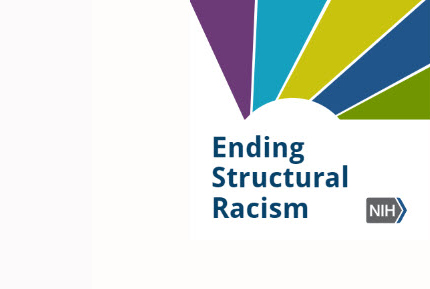Equity and inclusion in higher education should, at minimum, involve making sure your students’ and trainees’ basic needs are met. The University of California has increased its attention towards food and housing security needs amongst its students (if not actually making a lot of progress).
However, we have very little insight on students’ access to healthcare, and how lack of access, and the stress of financial costs impact student well-being, health and academic outcomes. Healthcare needs are not included in the University of California Undergraduate Experience Survey, and the literature on college student health in general is incredibly limited as well.
UCD alum Vicky Vong, BA ’22, and Johns Hopkins MSPH ’24, reflecting on her and her sister’s experiences as low-income students at two different UC campuses, wanted to see how other low-income UC students were faring. Vicky led the literature review, design, and analysis of a focus group study, with the guidance of (then doctoral student) Jenny Wagner, and the findings were recently published in the Journal of American College Health.
Takeaway: University administrators- and the world of college health research- assume that students have equitable, timely affordable access to healthcare, perhaps because universities provide student health insurance, student health services, and so on. However, that doesn’t account for the realities of Medicaid, co-payments, health insurance literacy, navigating private sector healthcare…and more.
Check out Vicky’s paper to see how this shows up, and how students’ lives are impacted.



